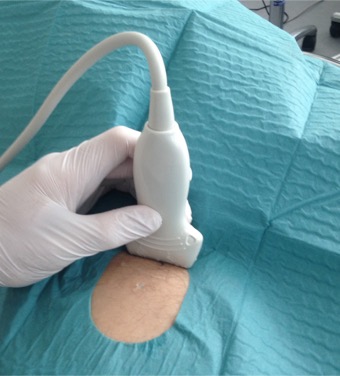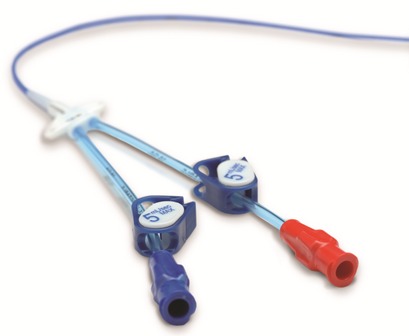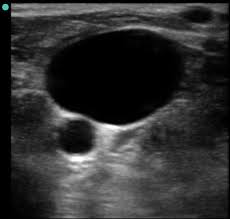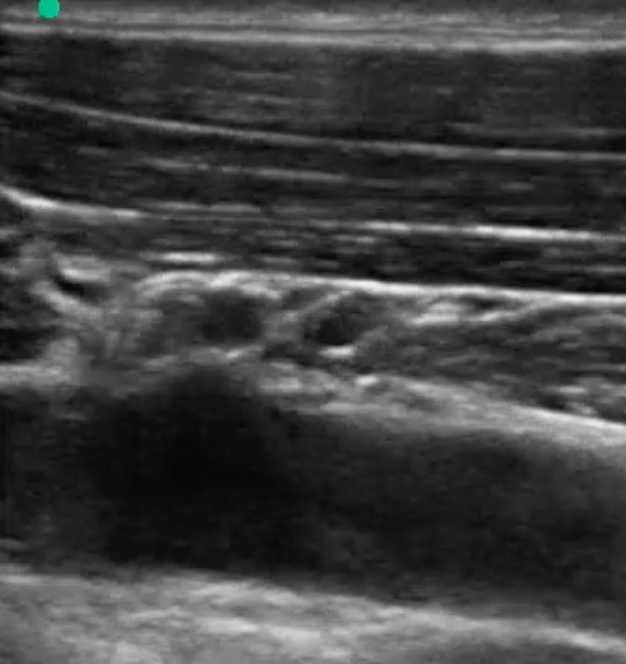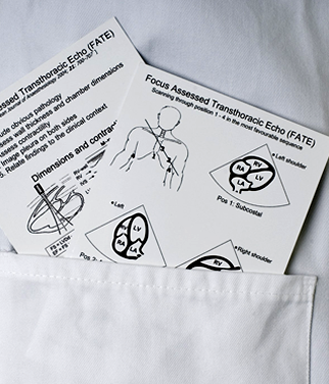FM-quiz CUGVA
FM-quiz CUGVA
FM-quiz CUGVA
Quiz Summary:
0 of 12 questions completed
Questions:
Information
You have already completed the quiz before. Hence you can not start it again.
Quiz is loading…
You must sign in or sign up to start the quiz.
You must first complete the following:
Results
Results
0 of 12
Time has elapsed
0 of 0 point(s), (0)
0 of 0, (0)
Essay(s) Pending: 0 (Possible Point(s): 0)
Categories
- Multiple Choice 0%
- Summary 0%
- 1
- 2
- 3
- 4
- 5
- 6
- 7
- 8
- 9
- 10
- 11
- 12
- Current
- Review
- Answered
- Correct
- Incorrect
-
1 of 12Question1
Preparations
Which of the following statements regarding preparations are correct? Select all that apply.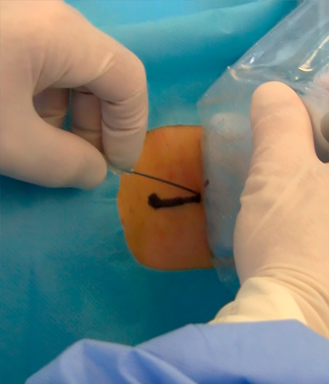 CorrectIncorrect
CorrectIncorrect -
2 of 12Question2
Facts about IJV catheterisation
Which of the following statements regarding IJV catheterisation are correct? Select all that apply.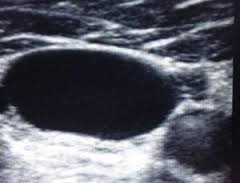 CorrectIncorrect
CorrectIncorrect -
3 of 12Question3
Subclavian vein (SV) catheterisation
Which of the following statements regarding subclavian vein catheterisation are correct? Select all that apply.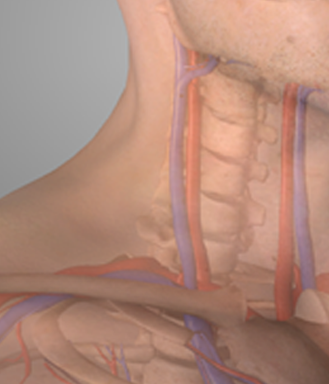 CorrectIncorrect
CorrectIncorrect -
4 of 12Question4
Facts about femoral vein catheterisation
Which of the following statements regarding femoral vein catheterisation are correct? Select all that apply. CorrectIncorrect
CorrectIncorrect -
5 of 12Question5
Facts about PICC
Which of the following statements regarding PICC lines are correct? Select all that apply. CorrectIncorrect
CorrectIncorrect -
6 of 12Question6
The transducer
Which of the following statements regarding the transducer are correct? Select all that apply. CorrectIncorrect
CorrectIncorrect -
7 of 12Question7
Summary of the subclavian vein
Match the phrase at the top with the correct option below to form true statements by dragging the answer into the answer box.
Sort elements
- the axillary vein close to the first rib and it extends to its junction with the IJV
- less uncomfortable for the patient and leaves the most space to introduce the needle
- in a Trendelenburg position
- important structures such as the lung, pleura, plexus brachialis and the SA
- visualise the SV in a short-axis view
- the out-of-plane approach is recommended
-
The SV originates from
-
The infraclavicular technique is
-
It is recommended to place the patient
-
Anatomically, the SV lies close to
-
The infraclavicular and the supraclavicular techniques
-
For both techniques
CorrectIncorrect -
8 of 12Question8
Summary of the femoral vein
Match the phrase at the top with the correct option below to form true statements by dragging the answer into the answer box.
Sort elements
- the FV and FA overlap in the anterior-posterior plane
- a few centimeters distal to the inguinal ligament
- is found medially to the artery
- is improving transducer contact
- lies just in the middle between the anterior superior iliac spine and the pubic tubercle
- must be orientated parallel to the inguinal ligament
-
In 65% of patients
-
The probe should be placed
-
The femoral vein
-
Distension of the skin
-
In most patients the FA
-
The long axis of the transducer
CorrectIncorrect -
9 of 12Question9
Summary of PICC lines
Match the phrase at the top with the correct option below to form true statements by dragging the answer into the answer box.
Sort elements
- is the most optimal for PICC placement
- is orientated orthogonally to the axis of the arm
- lies closely to the brachial artery and the median nerve
- is reducing the risk of air embolism
- in order to avoid the mechanical problems associated with arm bending
- and the out-of-plane approach is recommended
-
The basilic vein usually
-
The long-axis of the transducer
-
The brachial vein
-
Distension of the veins
-
The transducer is placed just above the antecubital space
-
The veins are visualised in a short axis view
CorrectIncorrect -
10 of 12Question10
Equipment and optimisation
Match the phrase at the top with the correct option below to form true statements by dragging the answer into the answer box.
Sort elements
- no colour Doppler signal is seen
- temporal and lateral resolution is improved
- can make image content impossible to visualise
- deeper anatomical structures will be visualised
- gain should be decreased
- by visualising vessels in the tissue and discriminate between arteries and veins
-
When blood is moving perpendicular to the transducer
-
By decreasing the depth
-
Undergain as well as overgain
-
By increasing the depth
-
When the image appears too bright
-
Colour Doppler can assist the sonographer
CorrectIncorrect -
11 of 12Question11Learning objectives. Select true or false for the statements below
 CorrectIncorrect
CorrectIncorrect -
12 of 12Question12
Visualising vessel and needle
Which of the following statements regarding needle guidance are correct? Select all that apply. CorrectIncorrect
CorrectIncorrect
